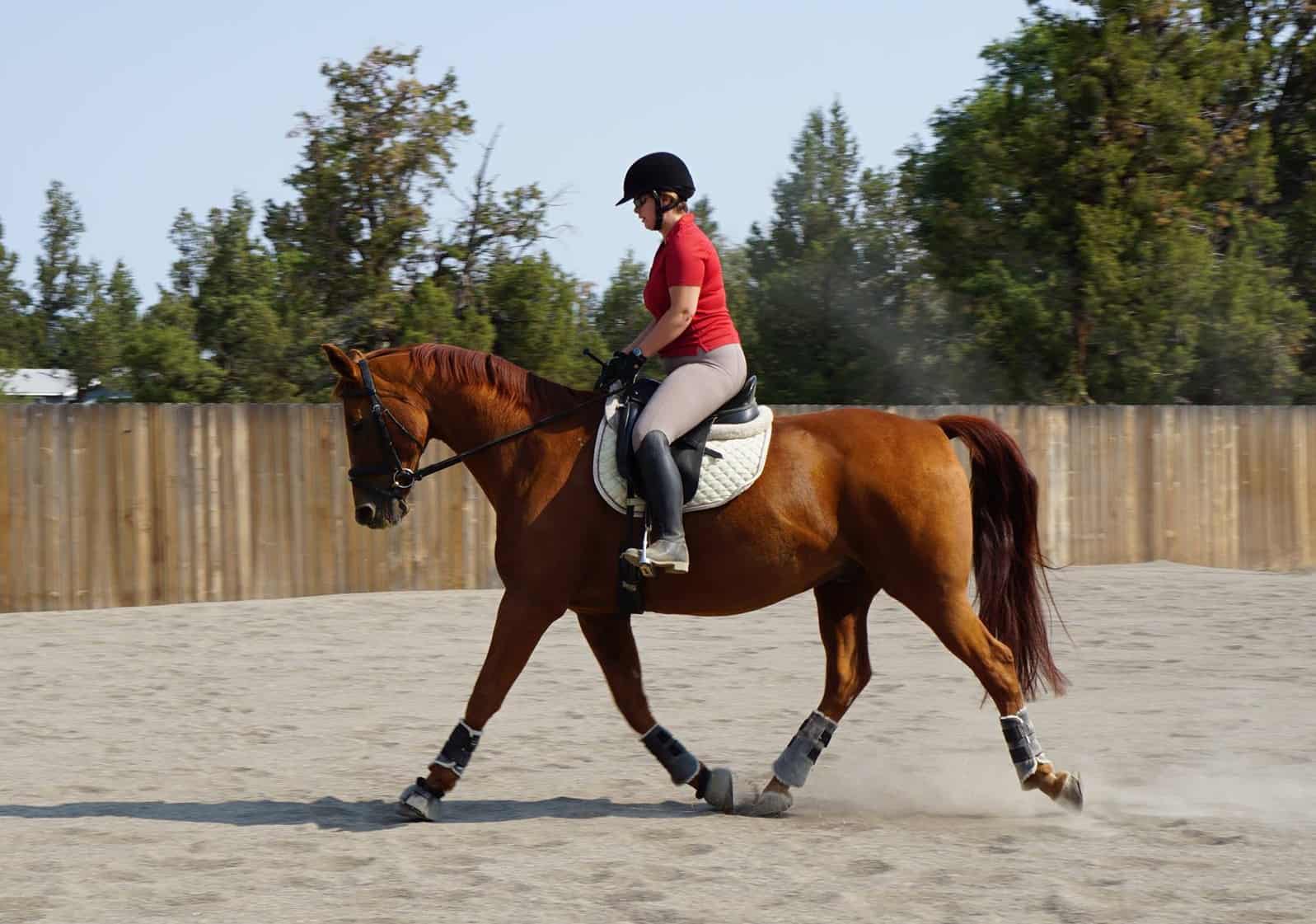Hot Topics in Hoof Care, Part 2: Shoeing the “Normal” Hoof

Farrier Jeff Ridley, CJF, TE, of Ridley Horseshoeing, in Leighton, Iowa, believes all hoof care appointments should start with the farrier evaluating the horse’s soundness in motion. “Regardless of how a foot looks, if the horse is not sound, the foot is not functional,” he said.
Next, he evaluates the foot itself. The normal hoof is:
- Proportional If you draw a line across the widest part of the foot, the distance from this line to the base of the frog and to the perimeter of the toe should be approximately equal, he said. The foot’s center of rotation (an anatomical landmark in the middle of the distal—bottom—end of the short pastern bone around which the coffin bone rotates) is located a few millimeters behind the widest part of the hoof.
- Symmetrical Dividing the foot in quarters, the farrier can evaluate symmetry from side to side and toe to heel. He or she should note any distortion caused by flares, straight hoof walls, and contracted heels, Ridley said.
He also addressed hoof quality, noting the farrier should evaluate uniformity of hoof wall thickness, sole depth, and the soft-tissue structures in the heel. He or she should also check for any abnormalities along the coronary band, which serve as an early indicator of abnormal hoof growth, he added
Create a free account with TheHorse.com to view this content.
TheHorse.com is home to thousands of free articles about horse health care. In order to access some of our exclusive free content, you must be signed into TheHorse.com.
Start your free account today!
Already have an account?
and continue reading.

Related Articles
Stay on top of the most recent Horse Health news with

















